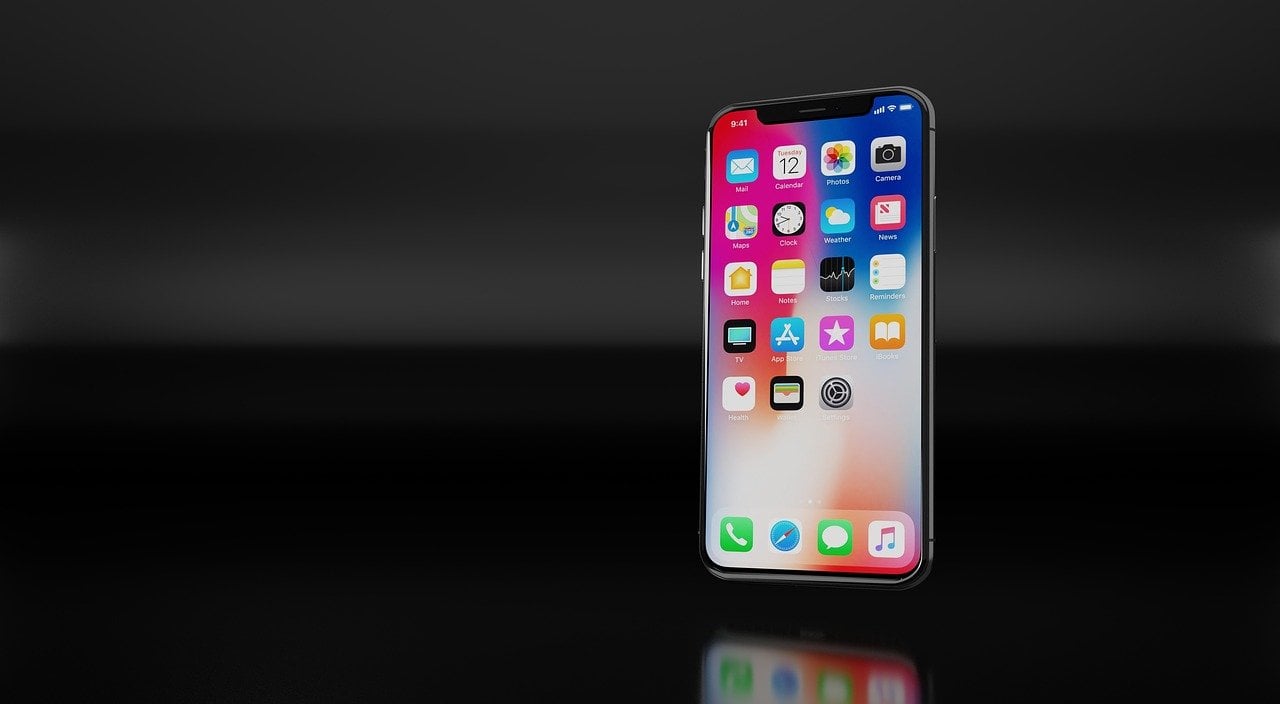Over the last several weeks, Wall Street analysts and supply chain reports indicated that the iPhone X sales fell dramatically after the holiday shopping season. One report claimed in January that Apple had reduced the iPhone X production by 50% due to poor sales. But the January-March quarter Apple earnings have put all the speculations to rest. The iPhone X was Apple’s best-selling smartphone throughout the quarter.
The iPhone is Apple’s most important product, accounting for more than 60% of its revenue. Fears about a weak iPhone X demand coupled with a slowdown in the Chinese smartphone market had caused a massive sell-off in Apple stock. To the surprise of most Wall Street analysts, Apple earnings came in stronger than their projections due to solid iPhone sales. The tech giant’s shares surged as much as 5% in after-hours trading on Tuesday.
The iPhone maker posted $61.1 billion in quarterly revenue. It was in line with Apple’s guidance of revenue between $60 billion and $62 billion. Wall Street analysts on average were expecting revenues of $60.8 billion. The tech giant sold an impressive 52.2 million iPhones during the quarter, slightly higher than analysts’ estimates of 52 million units. Apple also sold 9.1 million iPads and 4.07 million Macs in the January-March period.
Apple reported a net profit of $13.82 billion, up from $11.03 billion a year prior. Earnings came in at $2.73 per share, higher than analysts’ projection of $2.67 per share. For the April-June quarter, the company forecasts revenues between $51.5 billion and $53.5 billion, compared to analysts prediction of $51.6 billion. Apple has also approved a $100 billion share buyback program and a 16% increase in quarterly dividends.
One major takeaway from Apple earnings was that the company showed the strongest growth in some of the most challenging parts of the world. For instance, revenues from Greater China skyrocketed 21% YoY to $13 billion even though the overall Chinese smartphone market is declining. Tim Cook told investors that the iPhone X was the “most popular smartphone in all of China last quarter.”
Revenues from Japan rose 22% while those from the Americas jumped 17%. And revenues in Europe went up by 9%. Apple’s services business brought in a healthy $9.2 billion revenue in the March quarter, up 31% YoY. Revenues from the ‘other products’ category grew 38% YoY to $3.95 billion. The iPhones generated close to $38 billion in revenues. The iPhone revenues skyrocketed 14% YoY even though sales increased by just 2.9%.
The strong increase in the iPhone revenues suggests that the iPhone X demand was not as weak as Wall Street predicted. Tim Cook told investors that customers chose the anniversary iPhone “more than any other iPhone each week in the March quarter,” similar to what they did in December quarter. The average selling price (ASP) of iPhones increased from $655 to $728 year-on-year. It’s a strong proof that Apple was right all along about its $1,000 phone.
Analysts have said that increasing the iPhone X starting price to $999 was a big gamble that could backfire. But Apple firmly believed that it could still sell a ridiculously expensive phone by offering an entirely new design and innovative features such as Face ID and Animoji. However, numbers don’t lie. Apple performed well on all fronts, but the anniversary iPhone wasn’t the kind of blockbuster Apple hoped it would be.
The iPhone ASP in December quarter was $796, but it came down to $728 in the latest quarter. It indicates that a large number of consumers still preferred to buy the iPhone 8, 8 Plus, or older models. The rally in the stock after the Apple earnings release shows that Wall Street was relieved to see healthy numbers. The tech giant’s earnings have beaten the consensus 20 out of the past 21 quarters.
Apple’s new product strategy has made it difficult for analysts to assess its success. Last year was the first time the company released two premium and one ultra-premium smartphone simultaneously. There have been speculations that Apple could discontinue the anniversary iPhone this year. However, Apple’s CFO Luca Maestri told investors that the company drew down the iPhone inventory by 1.8 million units.
The company ended the quarter with $267.2 billion in cash and cash equivalents. It’s Apple’s lowest cash pile since June last year. Thanks to President Trump’s tax reforms, Apple now has more flexibility on how to use its cash.
Apple is set to release three new iPhones this fall. One of them will be the second-gen iPhone X with a 5.8-inch OLED display. The second one is said to have a giant 6.5-inch OLED display. The third model would feature a 6.1-inch LCD panel. All three of them would have the same design as the iPhone X with a notch, Face ID and Amimoji features. The LCD variant would get only a single camera on the back while the other two models would sport a dual camera system.





